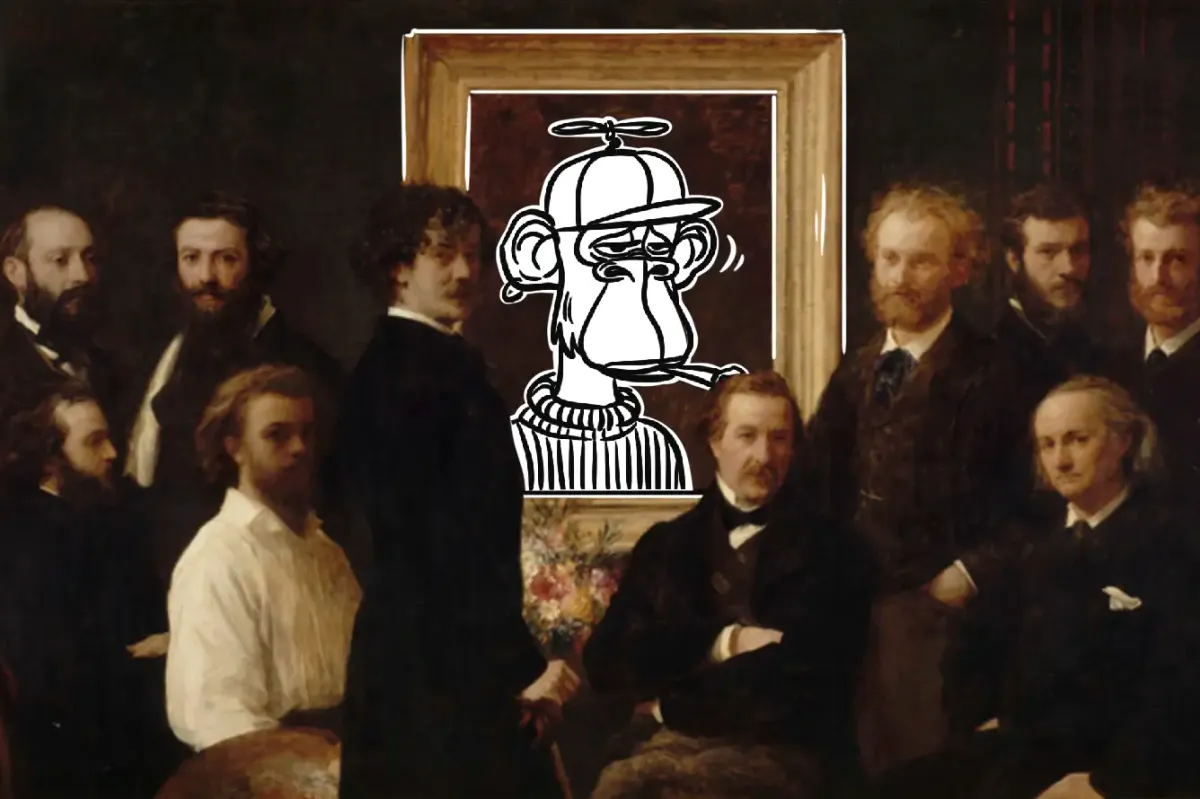
"Don't make sense, make dollars." - If NFTs had a motto before their prices began to crumble, it might have been along these lines.
One year after the collapse of the crypto market, the tables have turned.
Alexandre Tsydenkov, founder of the NFT Paris conference, recently claimed, "We've definitely seen a detachment from the speculative aspect, that is really happening now—because there is not a lot of money left."
Utility, not price, is becoming the driving force behind the sale of NFTs, causing a shift in the tokens sold from digital art pieces to assets that grant exclusive access to communities and experiences.
Art, however, cannot be replaced. Instead, it evolves and adapts to the outside world.
NFT marketplaces must diversify
As the NFT market dynamics evolve, in most cases, art has left the centre stage to become a part of something bigger. In preparing for the next NFT Paris conference, Tsydenkov notes that mainstream brands are "fully embracing" the technology to grant exclusive access to cultural events.
When talking about the future of the OpenSea NFT marketplace, CEO Devin Finzer says, "Right now, when you come to OpenSea, you see a grid of images, and you make a discrete decision based on a collection or an item. What you're gonna see a lot more of is storytelling and merchandising." From a largely secondary market for art, OpenSea is striving to become a primary market for experiences.
When artist must become businesswoman
When, in 1863, the annual Paris Salon exhibition rejected works of upcoming impressionist art, the artists protested, calling for an alternative room to display their pieces.
Most contemporary reviews of the resulting gallery space were negative. But as visitors pushed to get into the Salon des Refúses, the group of artists became the talk of the town. Today, Impressionism is one of the main drivers of crowds to museums worldwide.
There are countless examples in the art history books of artists whose success was down to one or more instances, not of artistic genius, but of business savvy.
The transcendental and emotional experience of collectors must be, for art's sake, explored. Fortunately, blockchain makes this more accessible and personal than ever.
Enacted governance in tokens' smart contracts can give users a stake and a say in future work; features and experiences have an unbreakable seal of exclusivity; real-time on-chain analytics allow for a correct market valuation of assets.
In consistently delivering value to their communities, creators can also leverage the hyper-connectivity of social networks to give a glimpse into their creative process, share updates as they occur, and actively communicate with their audiences.
Communities must support artists
In the multiple extended lists of advice given out on the internet to (once more) struggling digital artists, some suggest combining different analytic sources that provide "robust insights on collector demographics" to make "data-driven decisions."
All this mouthful of jargon is really saying is that an artist should know their audience. Yet, it illustrates how savagely bureaucratic the life of a digital artist has become. Increasingly the time for actual creation is eaten into by the time it takes to understand what to create and who might buy it.
Engagement is a two-way street. With artists often overburdened with the demands of the digital age, it is up to communities to step up in their support.
To do that, communities must do what communities do: talk, share, discuss, participate, comment, and critique. All activities that allow an artist to grow.
Ooh, and pay royalties.
Art sales must not be a race to the bottom
When Blur monopolized the secondary NFT market and forced optional royalties on all players, the vision of a fairer and better alternative art market made possible with blockchain technology seemed to die. But it didn't.
Traders who aim to profit from the selling and reselling of art have a vested interest in paying the minimum possible fees to both platforms and artists. But traders make for weak and selfish communities.
On the contrary, collectors who love the art they buy don't mind paying royalties to the artist; their primary intent in purchasing digital art is to enjoy it.
In the last year, several projects, such as Voice, Particles, teia, versum, fx(hash), and objkt.com, have pledged to maintain the compensation paid to artists for selling their art.
Despite the price crash, there is a sense of relief in the digital art world. The NFT's fall from 'speculative' grace has allowed us to distinguish genuine interest from greed and real art from cash-grab tokens.
Yes, the market has shrunk. Yes, the ecosystem has become smaller. But this wasn't the death knell that some have claimed, it was an opportunity.

